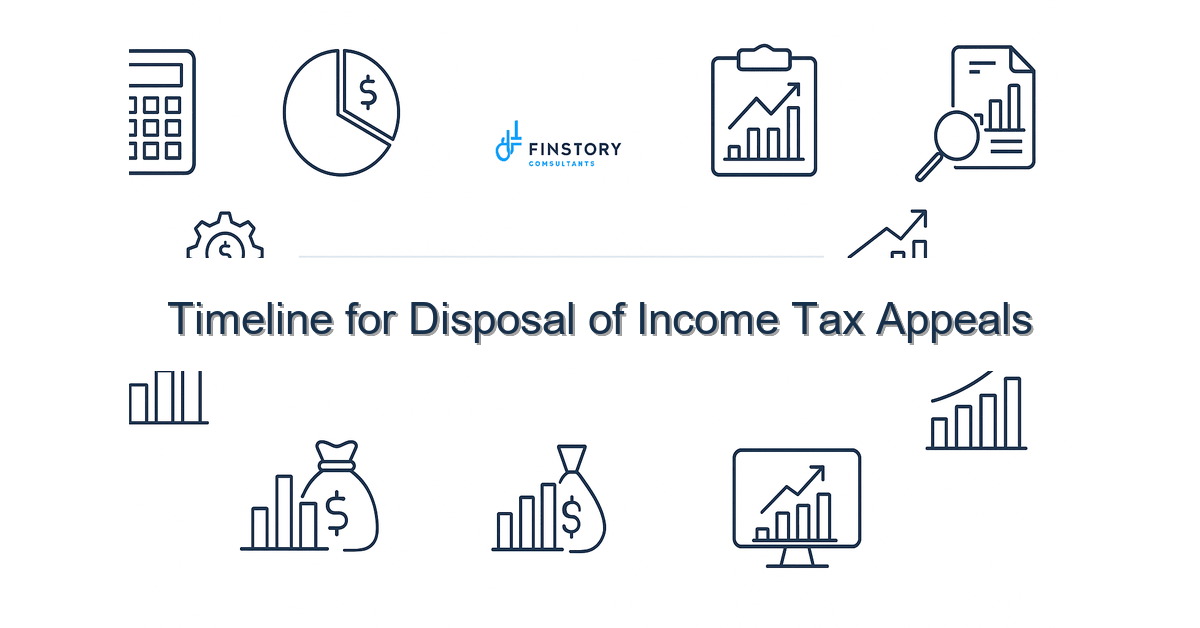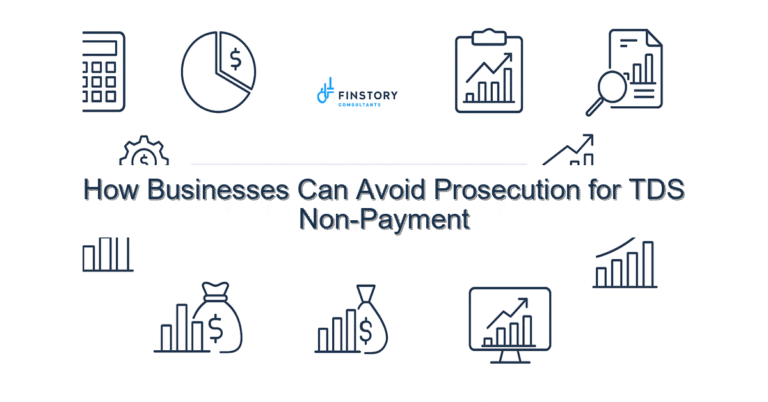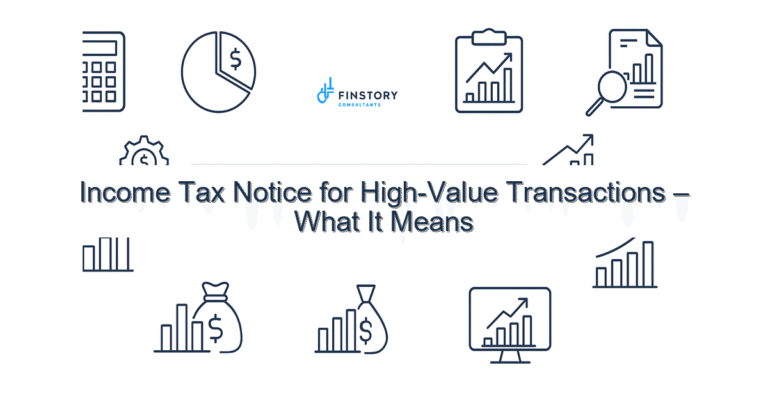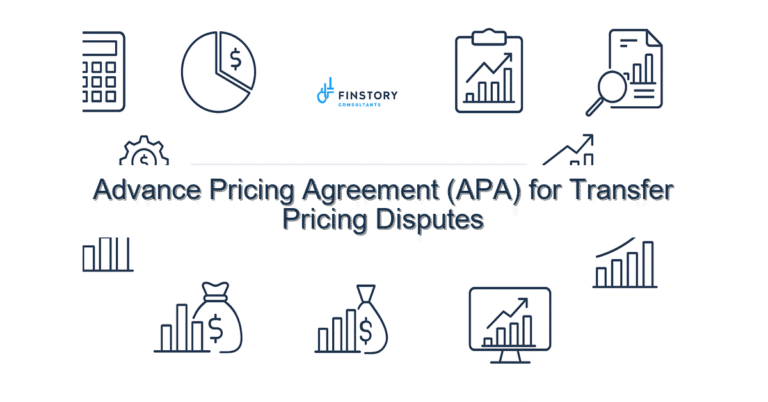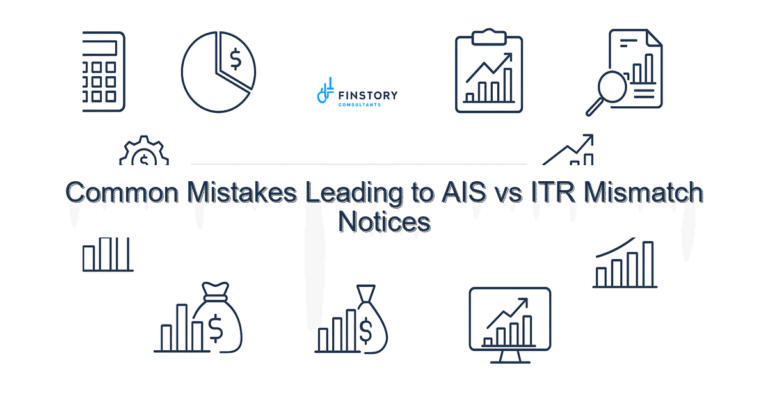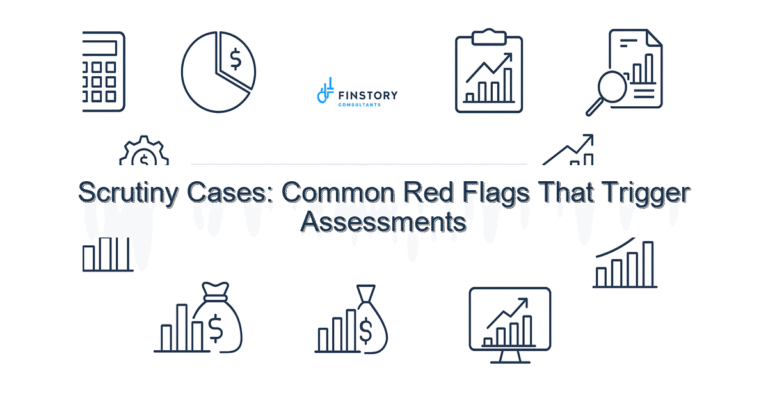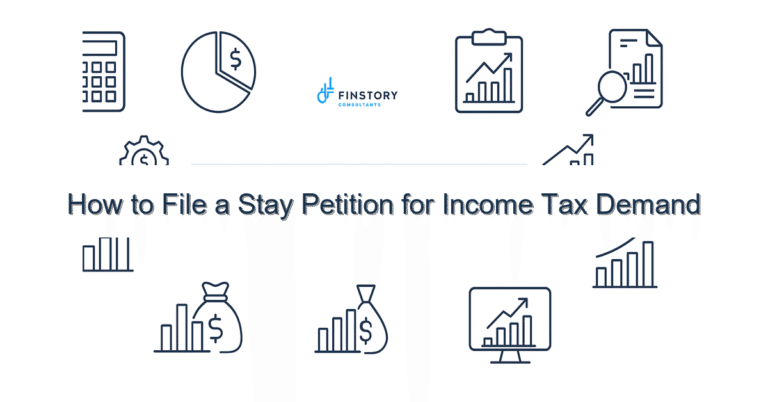Timeline for Disposal of Income Tax Appeals
Facing an income tax notice or waiting years for an appeal to be heard is stressful — especially when your business cashflow depends on it. You’re not alone: salaried employees, professionals, founders and MSMEs often feel stuck in a slow appeals process and unsure what actually moves the case forward.
Summary: The appeals process in India moves through multiple levels (CIT(A), ITAT, High Court, Supreme Court) and timelines vary widely — from months to several years. Understanding typical timelines, common delays, and a proactive action plan can significantly shorten resolution time and protect your finances.
What’s the real problem in India?
The income tax appeals system in India is multi-tiered and uses legal and administrative terms (AY/PY, CBDT, grounds of appeal, stay orders) that confuse taxpayers. Appeals are handled at different forums with different capacities and backlogs. Even with digital tools like the e-filing portal, uncertainty remains about when a case will be disposed.
- Symptom: You file a statutory appeal but don’t get a hearing date for 12+ months.
- Symptom: Notices (demand or penalty) continue while your appeal is pending, affecting cashflow.
- Symptom: Multiple rounds of paper exchanges with the department, but no clarity on timelines.
- Symptom: Lack of clear internal follow-up and inconsistent representation leads to adjournments.
What people get wrong
Many taxpayers assume an appeal automatically pauses all enforcement or that a filed appeal guarantees quick relief. Common mistakes include:
- Not requesting a stay on recovery at the time of filing the appeal, leading to collection action despite the dispute.
- Submitting incomplete grounds of appeal or evidence, causing adjournments and delays.
- Relying solely on postal service or manual follow-ups instead of using e-filing status, AIS/26AS checks and online tracking.
- Ignoring small procedural remedies (e.g., rectification under Section 154) that could avoid long appeals.
A better approach
Think like a project manager for your appeal: define deadlines, assemble evidence, track dates, and reduce opportunities for adjournment. Here’s a simple framework you can use immediately.
- Prepare a crisp, well-drafted grounds of appeal within the statutory period and include key documents (audit reports, bank statements, contracts).
- File for a stay on recovery if the demand is large — include convincing grounds (cashflow impact, legitimate dispute) and deposit any required proportion if advisable.
- Choose focused representation: a tax lawyer or chartered accountant experienced before CIT(A) or the ITAT, depending on forum.
- Use timelines proactively: prepare a hearing calendar, request early listing, and push for disposal of common procedural points to avoid serial adjournments.
- Consider settlement routes or withdrawal where commercial sense dictates — weigh cost vs. time and uncertainty.
Real-world example: A Gurgaon-based MSME appealed a demand of INR 18 lakh. By filing complete grounds, applying for a stay, and negotiating a partial deposit, they secured a hearing within 8 months and a favourable order in 14 months — preserving working capital and avoiding aggressive recovery.
Quick implementation checklist
- Within 30 days: Review your assessment order and identify appealable points.
- Within 30–60 days: Draft and file grounds of appeal (statutory deadlines vary by forum; act early).
- Week 1 after filing: Apply for stay on recovery if demand affects operations; prepare supporting financials.
- Week 1–2: Upload complete documents to the e-filing portal and confirm AIS/26AS entries for TDS/TCS reconciliation.
- Week 2–4: Appoint an authorised representative and agree a hearing plan (key witnesses, oral submissions).
- Ongoing: Track hearing dates online and push for early listing; avoid routine adjournments.
- Monthly: Reconcile TDS/TCS and capital gains records; check for refunds or offsets on AIS/26AS.
- Quarterly: Review whether older appeals can be settled in view of new vs old regime slabs or changing tax positions.
- When offered: Consider mediated settlement or withdrawal where it saves years of litigation cost.
What success looks like
- Faster disposal: reduction in average appeal time from years to months at the CIT(A) stage.
- Higher refund realization: timely release of refunds due to stay or quick disposal of contentious issues.
- Fewer notices: clear arguments and record-keeping reduce repeat demand or penalty notices.
- Lower legal cost per favourable outcome: focused hearings and fewer adjournments.
- Improved cashflow predictability: fewer surprise recoveries and predictable deposit requirements.
Risks & how to manage them
Risk: Prolonged litigation with mounting legal costs. Mitigation: Evaluate cost-benefit early and consider settlement.
Risk: Aggressive recovery (bank attachment, tax deduction). Mitigation: Apply for stay and keep documentation of the appeal and any partial deposits.
Risk: Incorrect grounds leading to dismissal. Mitigation: Use experienced counsel to draft grounds and rely on up-to-date case law.
Tools & data
Use the following India-specific tools to stay on top of appeals and timelines:
- AIS/26AS — verify TDS/TCS and reported credits before relying on them in submissions.
- Income-tax e-filing portal — file appeals, track hearing dates and upload documents online.
- TDS/TCS trackers and reconciliation sheets — ensure your claimed credits are backed by AIS/26AS entries.
- Organization of records: digital folders for ITR, audit reports, bank statements, and capital gains indexation calculations.
- [link:ITR guide] — for steps on ITR filing last date, refunds and linking to appeals.
- [link:tax-saving tips] — to review measures like Section 80C limit planning or comparing new vs old regime slabs while dispute is ongoing.
FAQs
1) How long does an appeal at the Commissioner (Appeals) normally take?
Typical timelines vary — many CIT(A) appeals are listed within 6–18 months, depending on workload and completeness of your papers. Early listing is possible with a solid filing and a request for urgent listing.
2) What about ITAT, High Court and Supreme Court timelines?
ITAT appeals can take 1–3 years on average; High Court appeals typically 2–5 years; Supreme Court matters are often longer (3+ years). These are estimates — real timelines depend on case complexity and court backlogs.
3) Will filing an appeal stop recovery of tax?
Not automatically. You should apply for a stay on recovery when filing. Authorities may require a deposit or additional conditions. Monitor AIS/26AS and e-filing for updates.
4) Can I withdraw an appeal or use settlement options?
Yes — withdrawing or settling may save years of litigation. Consider the commercial cost vs. tax outcome and consult an adviser before deciding.
Next steps
If you’re dealing with an assessment order or pending appeal, don’t wait. A small delay now can cost years later. We can review your order, draft effective grounds, and help secure early listings or a stay on recovery.
Work with Finstory. Speak with an Expert for a personalised plan to reduce your tax outgo and stay compliant. Book a free 20-min consultation.
📞 Need help with Income Tax in India?
Book a 20-min consultation with our tax team. Individuals, founders & MSMEs welcome.
Prefer email or phone? Write to info@finstory.net
or call +91 44-45811170.
